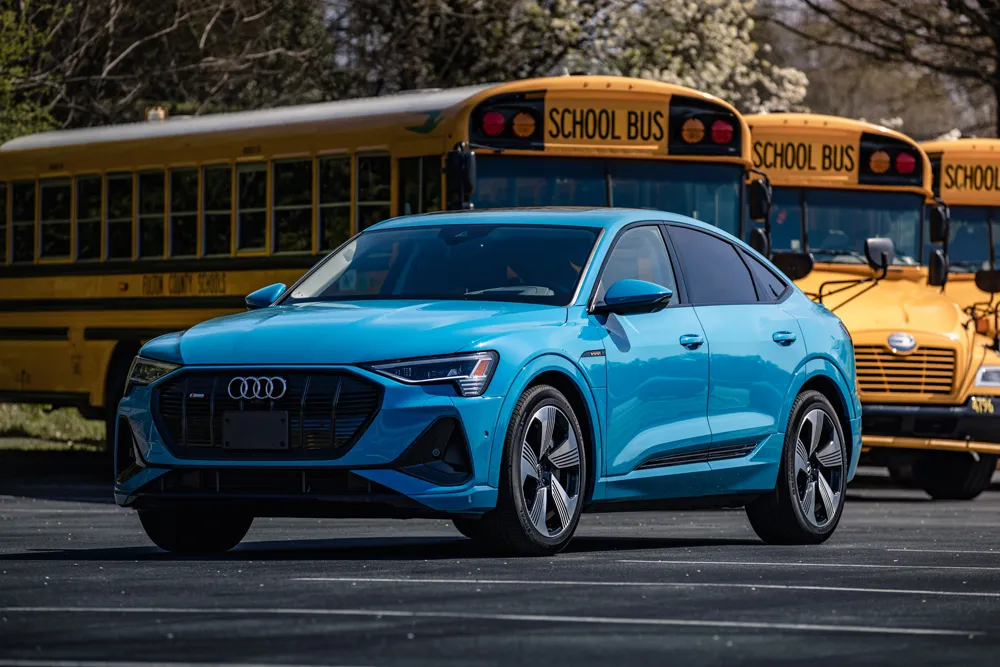
Electrify America's electric vehicle (EV) charging infrastructure is to double in the US and Canada, with more than 1,800 fast charging stations and 10,000 chargers by 2025.
The expansion will increase the deployment of 150 and 350 kilowatt chargers and aid the deployment of more EVs in North America.
Electrify America CEO Giovanni Palazzo says: “We have decided to double our current charging infrastructure in North America over the next four years to help meet the need for the rapid growth expected of electric vehicles by virtually all the auto manufacturers, and to help make EV adoption more accessible and attractive than ever.”
“We are making this commitment to support the plans by major automakers and the US and Canadian governments to help the transformation to an electric mobility transportation system.”
As part of the expansion, Electrify America is to add Hawaii, North Dakota, South Dakota, West Virginia, Wyoming and Vermont to its network which now consists of 49 US states and the District of Columbia.
The company will also add a new EV charging highway to the upper Midwest, providing the necessary infrastructure to enable electric mobility in the region. The move will expand its offerings in regions such as the California Central and San Joaquin Valleys.
Electrify Canada is to increase its current commitment of 32 stations to more than 100 charging locations and 500 chargers over the next four and a half years.
The 68 additional charging stations will be located at metropolitan centres, along major highways and near popular amenities.
It will expand its network to nine provinces, adding stations in Saskatchewan, Manitoba, New Brunswick, Nova Scotia and Prince Edward Island. This will allow most EVs to travel from Halifax, Nova Scotia in the east, along an Electrify Canada route to Victoria, British Columbia in the west.
Additionally, Electrify Canada will bolster its network in the four provinces it currently offers service, increasing the number of stations in British Columbia, Alberta, Ontario and Quebec
“The addition of more charging stations, combined with the ability to serve nearly all models of EVs on the market and offer the fastest speed available today, will help propel Electrify America and Electrify Canada in the pursuit of our mission in advancing the deployment of zero emission vehicles,” Palazzo adds.








